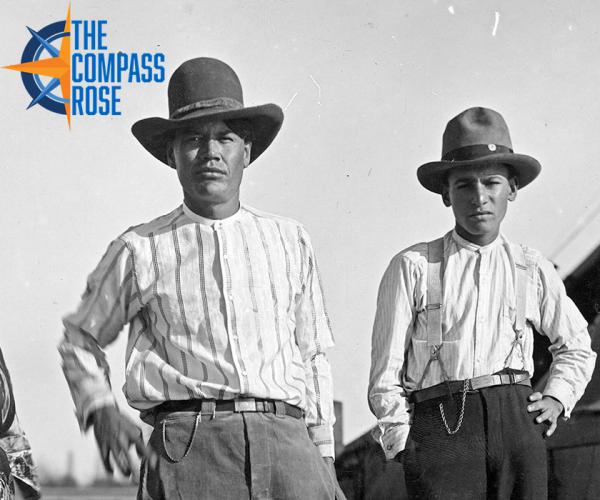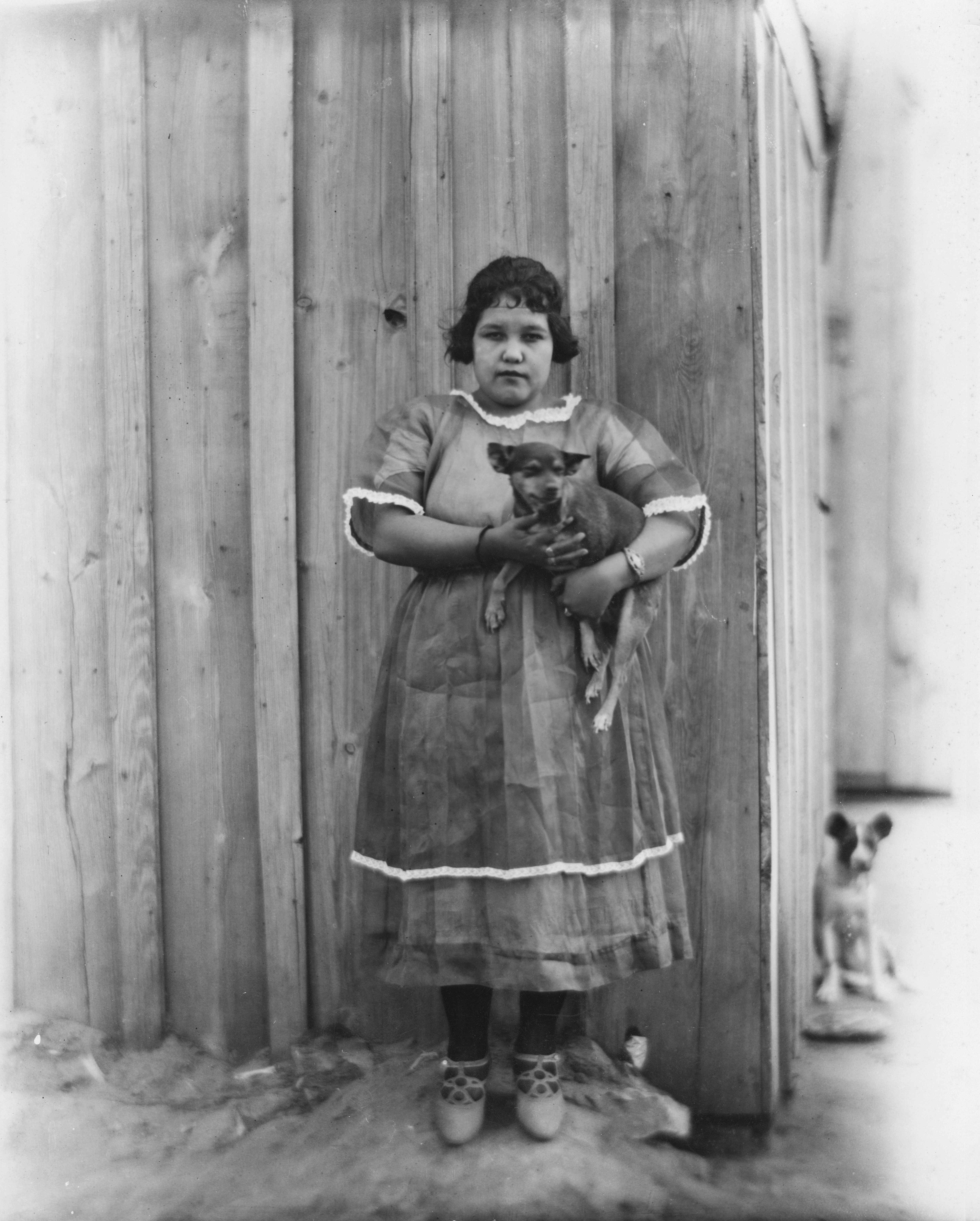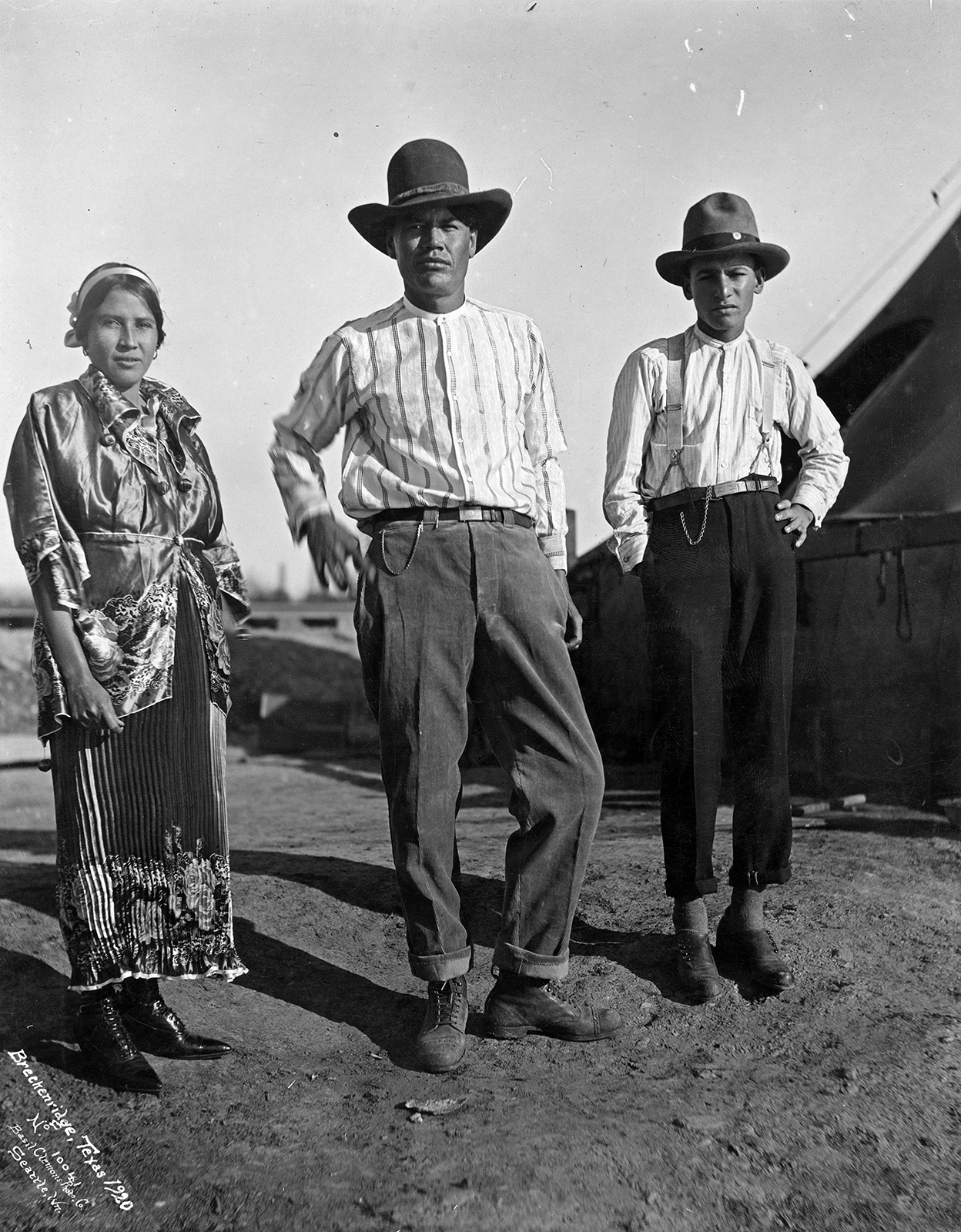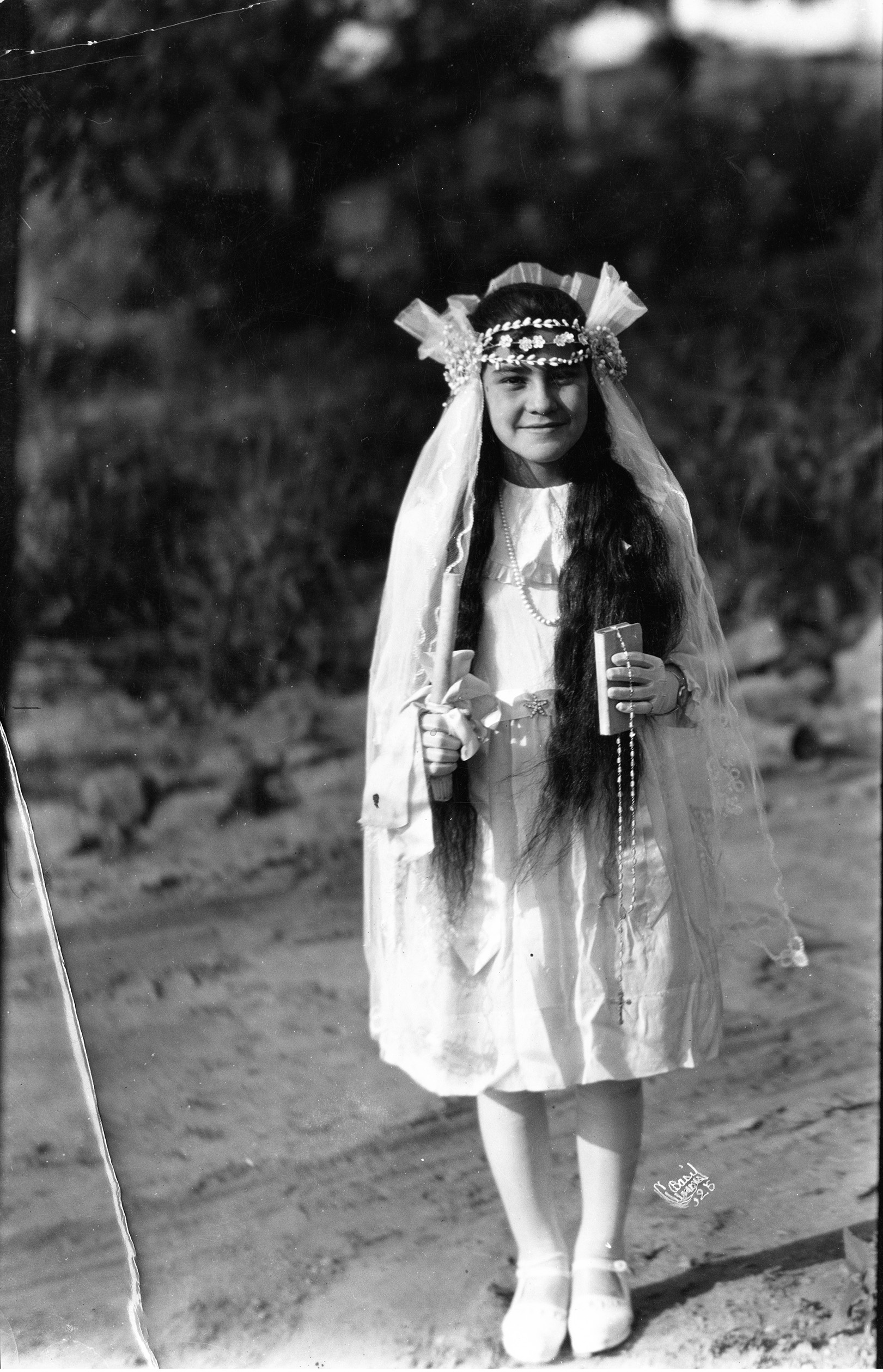
The Style of the Day: Fashion in 1920's Breckenridge, Texas
The purpose of The Compass Rose is to raise awareness of Special Collections' resources and to foster the use of these resources. The blog series also reports significant new programs, initiatives, and acquisitions of Special Collections.
We all have memories of fashion trends we've participated in (or criticized): skirts-over-jeans outfits, frosted tips, bell-bottom jeans, and hair teased to precarious heights have all graced fashion magazines and school halls in their time. Many of us can conjure an image of the quintessential outfit for each decade of our lives, and these outfits and styles are different from person to person and from community to community. The same can be said for fashion throughout history. When you imagine a person from the 1960's, what are they wearing? What kind of hairstyle do they have? What about a person from the 1950's, or 1940's? The way we picture how people looked throughout history is a reflection on how we view history itself.
Take a moment and consider the fashion and of the 1920's. What would you wear to a 1920's costume party? Odds are that any 1920's costume party will be full of people with bobbed wigs, flapper dresses, and tightly cut suits fit for a scene from the movie The Great Gatsby. In reality, people who lived during the 1920's did not jump from party to party for an entire decade. These photographs from the Basil Clemons Photograph Collection are some examples of fashion during the 1920's as exhibited by the Mexican-American community of Breckenridge, Texas.
This first image is of an unnamed Mexican-American girl, and was taken sometime in the 1920's.

Basil Clemons Collection - Portrait of a Mexican girl photographed in Breckenridge, Texas, undated. Approx. 1920’s
This unnamed young woman is standing in front of a wooden building. A small dog lounges just past the corner of the building, and she is holding a dog in her arms (the perfect addition to any outfit). The dress she is wearing has two layers. The first layer is an opaque fabric and is cut in a fit and flair style, form-fitting towards the top and loose on the bottom. The outer second layer is made of a stiff fabric that creates a cloud-like affect on her as it stands away from her body. This outer layer is decorated with a decorative border at her neckline, at the end of her sleeves, and just above her hemline. Her shoes look like styled mary janes. She wears a wavy black bracelet and two wide rings on her right arm and on her left arm she wears a thick bracelet that almost looks like a watch and a ring.
Her hair is in an interesting style: closer inspection shows that while her hair looks like it's cut into a 1920's bob at a distance, it's actually folded and tucked beneath a very thin headband or string that crosses her forehead. This gives the illusion of a bob without the commitment!
This next photo is of an unnamed trio posing for a picture in 1920:

Basil Clemons Collection - Mexican woman and Mexican men, 1920
The two men are wearing clothes that wouldn't look too out of place today. Their pants end a bit above their ankles, and are a bit more high-waisted than modern slacks. Their shirts are long-sleeved and have band collars. The man in the center has larger striped on his shirt, and the man on the right has thinner stripes. They both have short chains that loop from their belts to their pockets. These chains have come into fashion a few times throughout history, from the zoot suiters in the 1940's to the wallet chains of the 1990's. The man at the center wears a hat with a smooth top that resembles a trilby, and the man on the right wears a trilby with a dent at the center.
The woman on the left of the picture has her hair tied back by a ribbon headband that crosses the top of her head and gives her hair the popular short style of the 1920's. She is wearing a very shiny jacket that has a large decorated collar, with what looks like decorative round ornaments hanging off of the four tips of her collar. At her sleeves and across the lower half of her jacket is a large flower pattern. Her long skirt is tightly pleated, and the bottom of her skirt has the same pattern as the bottom of her jacket. The woman and the man on the right wear shoes that resemble shoe styles of the 1910's, but the man in the center's shoes don't look too different from today's cap toe boots.
Important events, such as weddings and birthdays, can show us how people celebrated their achievements and happiness through outfits. This is a picture of a young girl getting ready for her first communion in 1925:

Basil Clemons Collection - Communion, 1925
Like today's first communion outfits, her knee-length dress is entirely white. Her long hair is left down and reaches her waist, which in 1925 is a stark contrast to the popular bob cuts. She wears a veil that does not cover the tp of her head, but is instead gathered around her head and held in place by three bands that cross the front of her forehead. The center band is decorated with small faux flowers, and the bands above and below it are decorated with faux leaves. Her veil reaches nearly to her knees. Her dress collar resembles a long puritan collar and had ruffles along the edges. The rest of her dress is simple, and she wears a belt with a star covered in stones. In her right hand she holds what looks to be an unlit candle, and in her right hand she holds a small book (perhaps a prayer book) and a long rosary.
Fashion was as diverse in the 1920's as it is today. When we think about people throughout history, we should remember that they were more like us then we often assume.

Add new comment